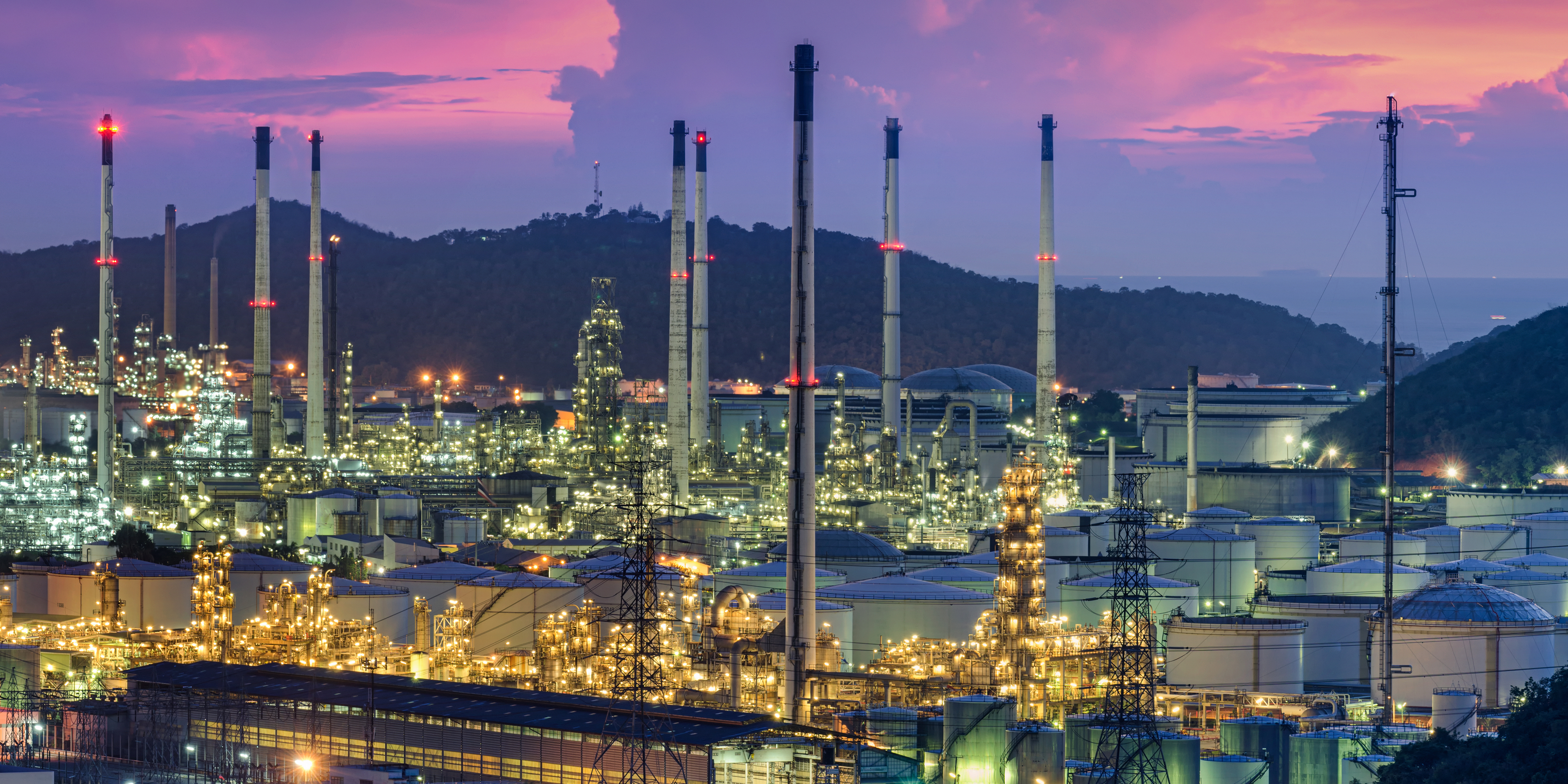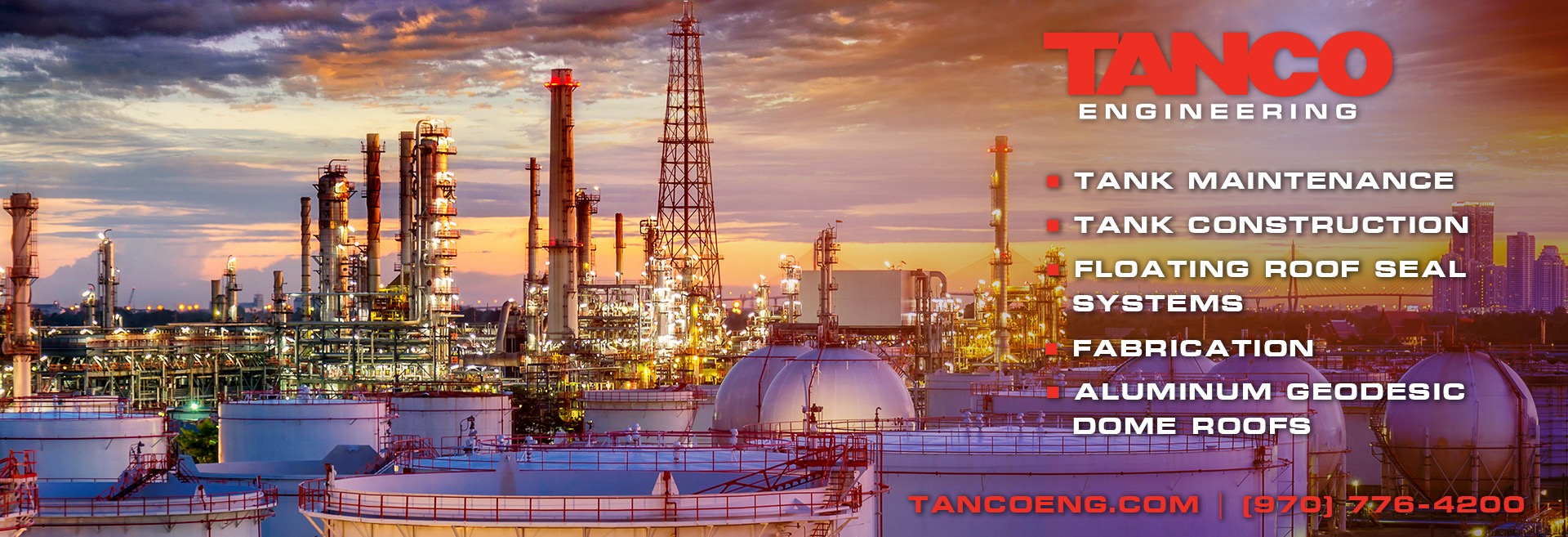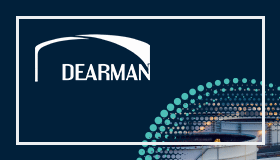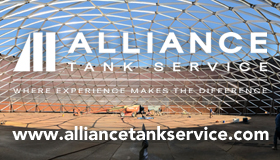With support from a $10m award from the US Department of Energy’s Advanced Research Project Agency-Energy (ARPA-E), RTI International (RTI) and its partners will develop and demonstrate novel processes to produce ammonia from intermittent renewable energy.
Energy carriers, such as ammonia, can be readily produced from renewable energy and easily transported. The development of low- and zero-carbon ammonia for use in agriculture, industry and as an energy source in this project is a key strategy to drive sustainability in emerging energy markets and across the agriculture value chain.

The project will integrate the most promising breakthrough technologies developed in ARPA-E’s Renewable Energy to Fuels Through Utilization of Energy-Dense Liquids (REFUEL) program into a modular, demonstration facility capable of producing one metric ton of low- and zero-carbon ammonia per day.
The technologies include Casale and RTI’s low-temperature, low-pressure synthesis along with flexible process control strategies that can vary ammonia production to meet available intermittent electricity, and the University of Minnesota’s (UMN) elevated temperature ammonia separation. The demonstration facility will be located at the UMN West Central Research and Outreach Center (WCROC), in Minnesota, and will leverage the site’s existing hybrid wind and solar generation in the fully integrated process.
“We are excited to integrate advanced ammonia production and utilization technologies and demonstrate them under real-world conditions,” said Sameer Parvathikar, principal investigator at RTI. “In addition to our technology partners, we are also connecting with end-users to accelerate commercialization of a technology that will play an important role in the decarbonization of energy and agricultural industries.”
The technology integration will also demonstrate several downstream ammonia utilization technologies, including ammonia cracking to produce hydrogen and power generation to amplify the ability to use ammonia as an energy carrier. Successful deployment of the technology will reduce the energy intensity and carbon emissions of ammonia production, maximize renewable energy usage by capturing generation fluctuations and matching demand, and enable distributed production closer to end users.
The project has received strong industry and university backing. In addition to RTI, Casale, University of Minnesota, and Nutrien, the project team includes GE, Nel Hydrogen, Xcel Energy, Great River Energy, Otter Tail Power Company, Runestone Electric Association, Chemtronergy, Texas Tech University, Pacifica, the Agricultural Utilization Research Institute (AURI) and Shell.
For more information visit: www.rti.org















